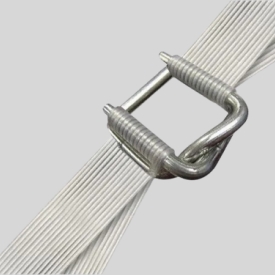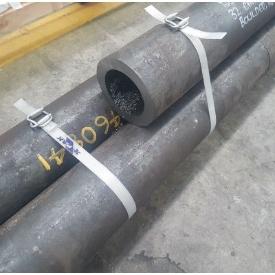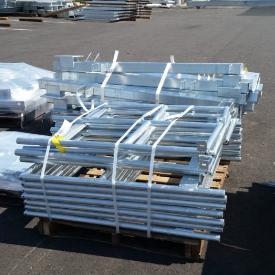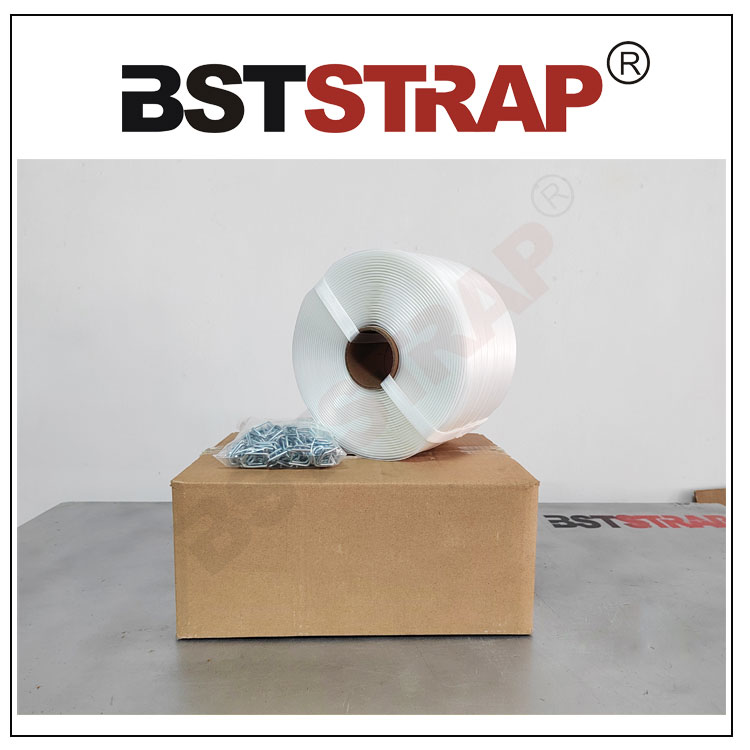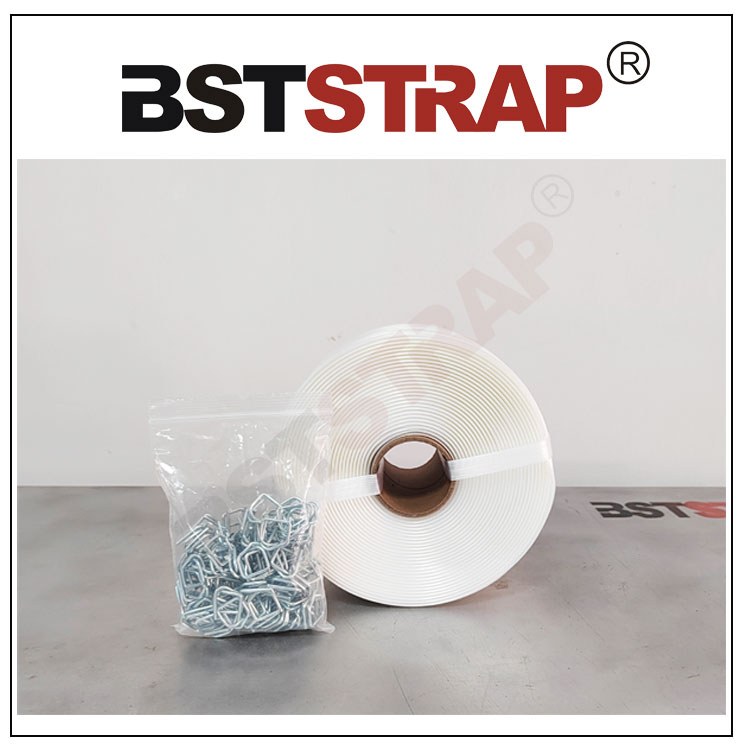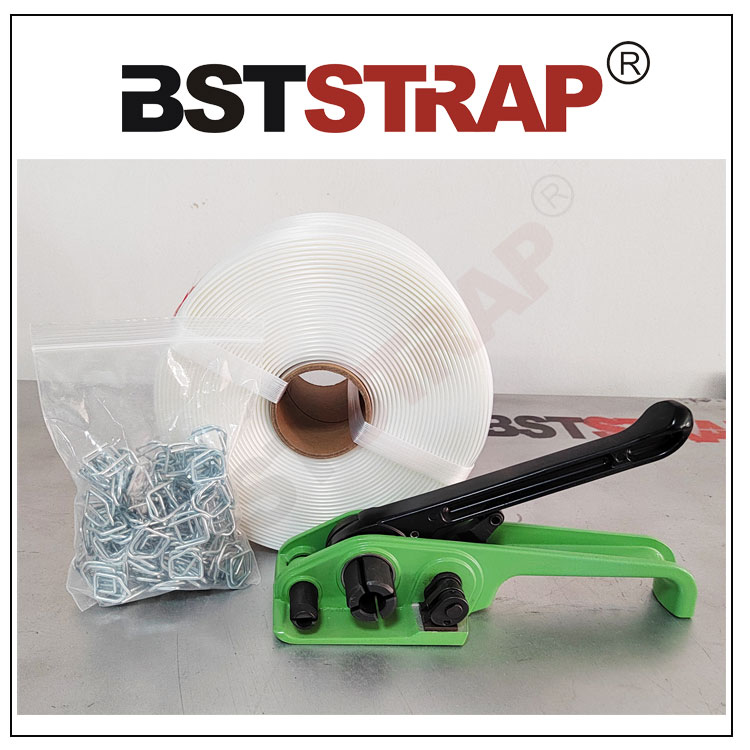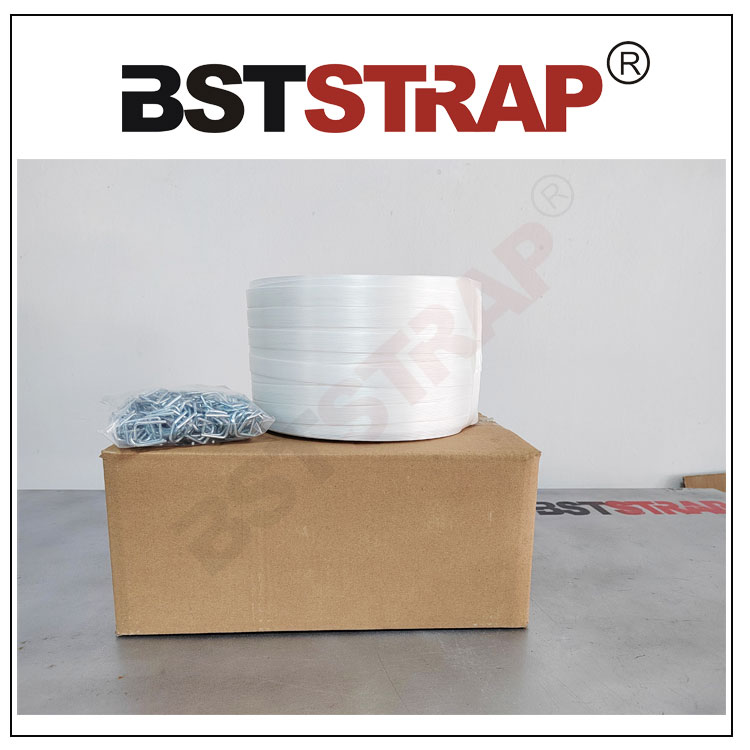
The Importance of Composite Corded Straps in Goods Transportation
In modern society, the rapid development of logistics and transportation industries has made the safety and efficiency of goods transportation particularly crucial. In this context, Composite Corded Straps are increasingly being used as a new type of binding material for goods transport. Their emergence not only enhances transportation efficiency but also provides safer and more reliable solutions for businesses and individuals.
1. Basic Characteristics of Composite Corded Straps
Composite corded straps are typically made from high-strength synthetic fibers, combining multiple excellent properties. Compared to traditional binding methods, these straps exhibit higher tensile strength, abrasion resistance, and tear resistance. This enables them to effectively prevent cargo from shifting or being damaged during transportation, especially when carrying heavy loads. Additionally, the lightweight nature of composite corded straps facilitates easier handling and operation, reducing labor intensity for workers who frequently move and manage cargo.
2. Enhancing the Safety of Goods Transportation
Cargo faces various risks during transport, including collisions, vibrations, and tilting. Due to their high strength and toughness, composite corded straps can securely hold the cargo in place, minimizing the likelihood of accidents during transit. Unlike traditional metal straps, composite corded straps do not scratch or damage the surfaces of goods, further safeguarding the cargo and lowering transportation risks. These straps also provide even pressure distribution when binding, preventing localized stress that could lead to damage.
3. Strong Adaptability to Diverse Needs
Different types of goods have varying binding requirements during transport. Composite corded straps, with their flexible design and multiple specifications, can accommodate various sizes and shapes of cargo. Whether it's large machinery or small electronic products, composite corded straps can provide satisfactory solutions. Furthermore, due to the diversity of market demands, composite corded straps can be customized in color and style according to customer requests, helping businesses enhance their brand image.
4. Cost-Effectiveness Analysis
While the initial investment may be relatively high, composite corded straps demonstrate excellent cost-effectiveness over the long term. Their durability significantly reduces the costs associated with frequent replacements and repairs. Additionally, their advantages in improving transportation safety allow companies to reduce compensation and losses due to damaged goods. The lightweight characteristic of composite corded straps also lowers transportation costs, enabling more cargo to be loaded in a single trip.
5. Application of Eco-Friendly Materials
With the growing awareness of environmental protection, the use of eco-friendly materials has become a trend in industry development. Composite corded straps are generally made from recyclable materials, aligning with the requirements of green transportation and effectively reducing environmental pollution. By using composite corded straps, businesses can meet safety needs while also fulfilling environmental responsibilities.
6. Case Study of Practical Applications
Many industries have begun to implement composite corded straps to optimize their transportation processes. For example, in the transportation of heavy construction machinery, the high-strength characteristics of these straps effectively ensure equipment safety during long-haul transportation. Similarly, the food industry is increasingly adopting composite corded straps to secure perishable goods. These successful applications demonstrate the indispensable role of composite corded straps in goods transportation.
7. Future Outlook
With ongoing technological advancements, composite corded straps are expected to continue evolving and find applications in even broader fields. It is anticipated that, in the future, the materials and manufacturing processes of composite corded straps will improve further, enhancing their performance and bringing more innovations and breakthroughs to the goods transportation industry.
Conclusion
Composite Corded Straps, as a highly valuable binding material in modern goods transportation, significantly enhance safety and efficiency while offering new possibilities for the sustainable development of the industry. Whether in cargo management for businesses or logistics needs for individuals, composite corded straps will play an increasingly important role in the future.
